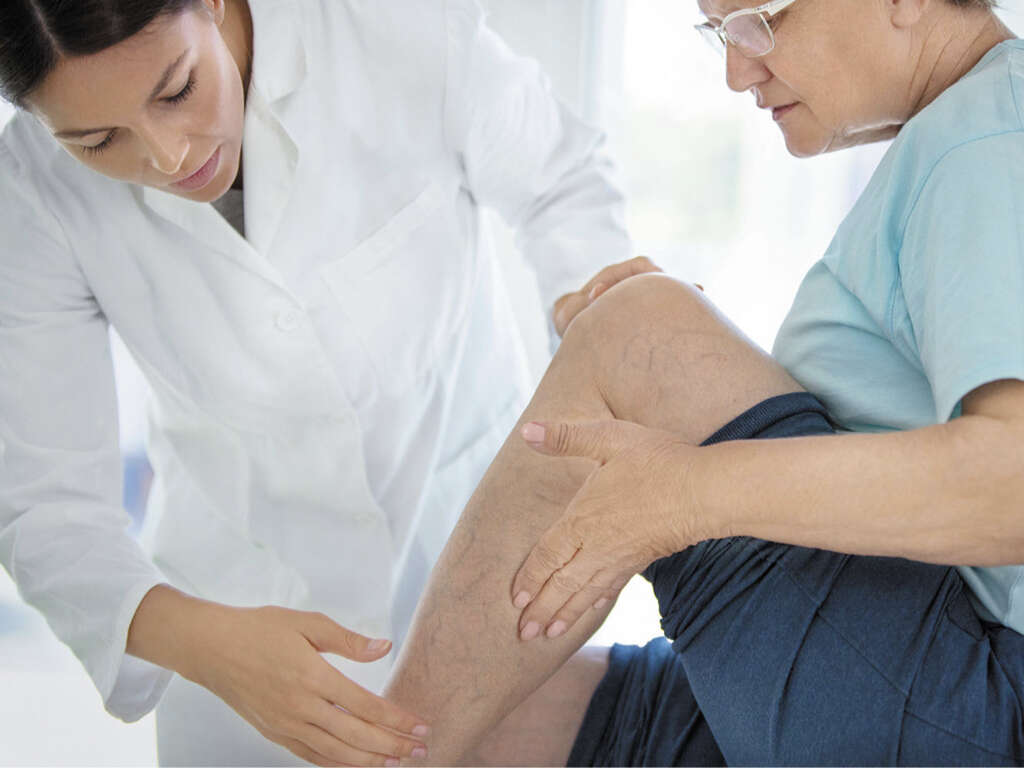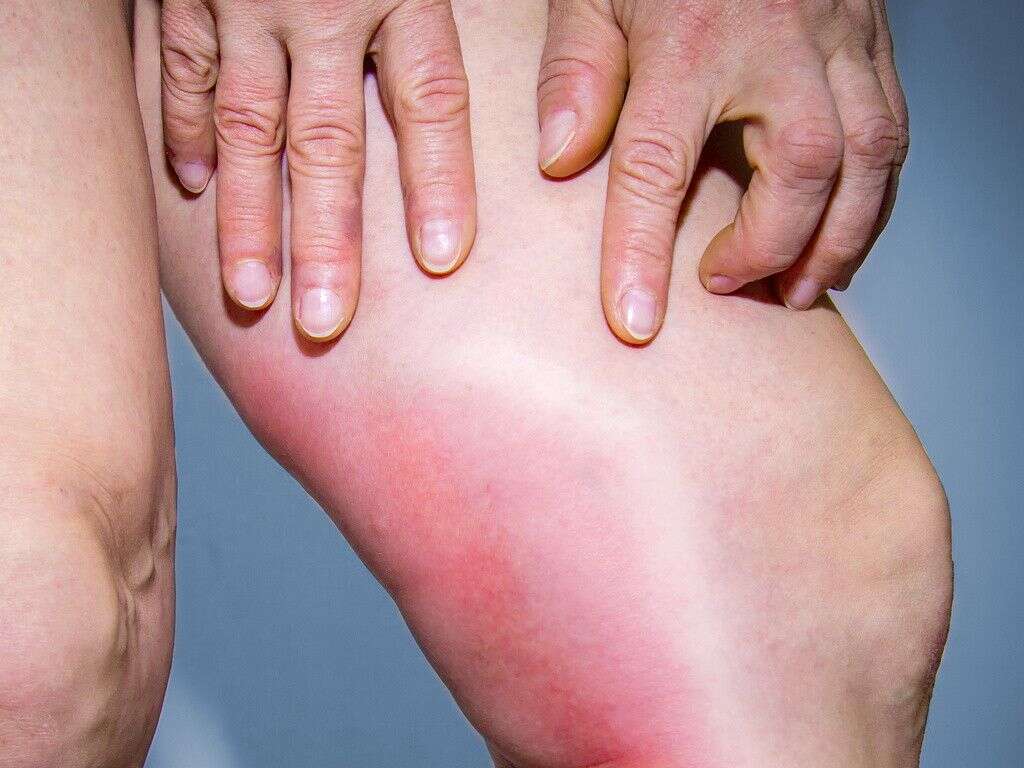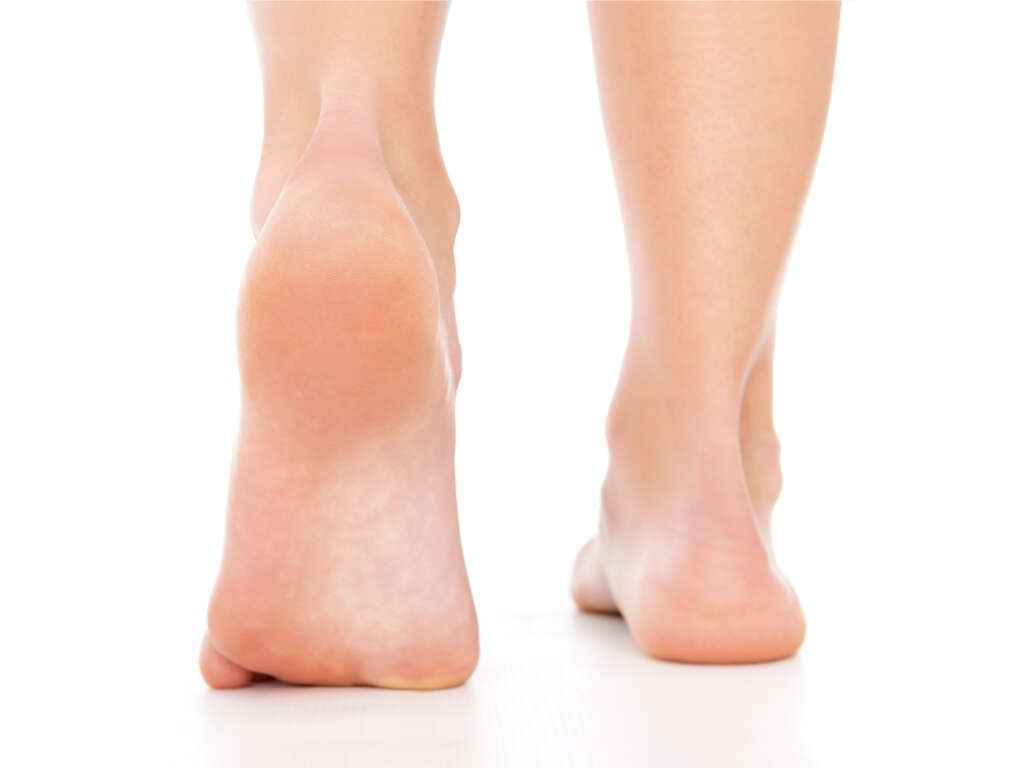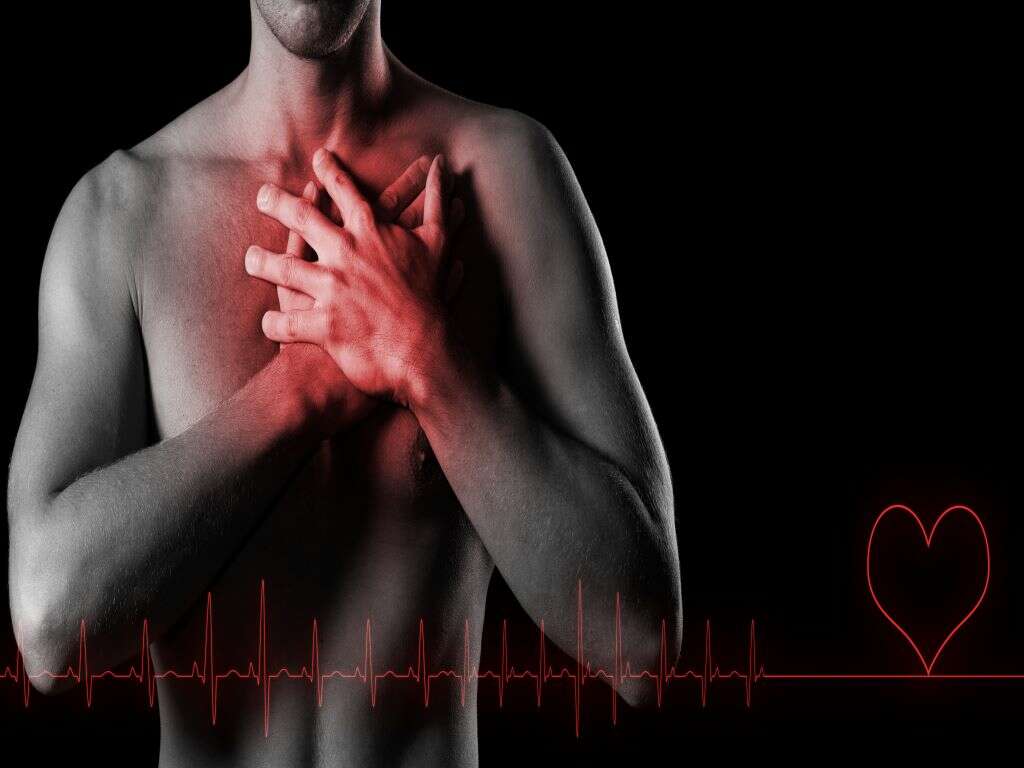10 Symptoms of a Blood Clot
A blood clot forms when blood cells coagulate into a gel-like mass. This usually happens following an injury. Its function is to stop bleeding and seal the injured tissues. However, a clot may also get into the bloodstream such that it moves together with normal blood cells. This kind of blood clot poses serious danger including a heart attack and stroke.
Most blood clots form in veins, although they may also form in arteries and in different organs of the body. When a blood clot forms in a vein, deep within the muscles, it is known as deep vein thrombosis. A blood clot in a vein near the skin surface is called peripheral venous disorder, while a blood clot in the lungs is called pulmonary embolism. A blood clot in an artery leading to the heart is called coronary thrombosis. Following are 10 blood clot symptoms.
Symptom #1: Dizziness or Fainting
A sudden dizziness or fainting may be a symptom of a blood clot. This may occur when a clot reaches the lungs or even the head or brain. Dizziness or fainting is the result of the brain getting inadequate amounts of blood or oxygen. It is worth to note that blood clots form within the body all the time and most of them dissolve without symptoms.
However, when a large clot forms, it may not dissolve fast enough. In such a case, the clot may end up in a small blood vessel that it can’t pass through. In such a case, the clot may lodge there and interfere with the flow of blood. If this happens in the lungs, the flow of blood to the brain may be affected. This may cause the brain to get less blood and in effect, less oxygen, and lead to dizziness or fainting.
Symptom #2: Heat
Uncharacteristic warmth in one part of your body, usually the calf may be a symptom of a blood clot. Warmth may be accompanied by a localized tingling feeling or heat. This increased warmth or heat is the result of the increased volume of blood and the inflammation that may occur within the affected vein. The increased warmth usually affects the calf of one leg due to deep vein thrombosis.
Left without treatment, the condition may intensify such that you have pain when using the affected leg. Additional symptoms may also occur including a throbbing feeling and itching. Such blood clot symptoms should not be ignored because they can lead to more serious problems. Seek treatment without delay.
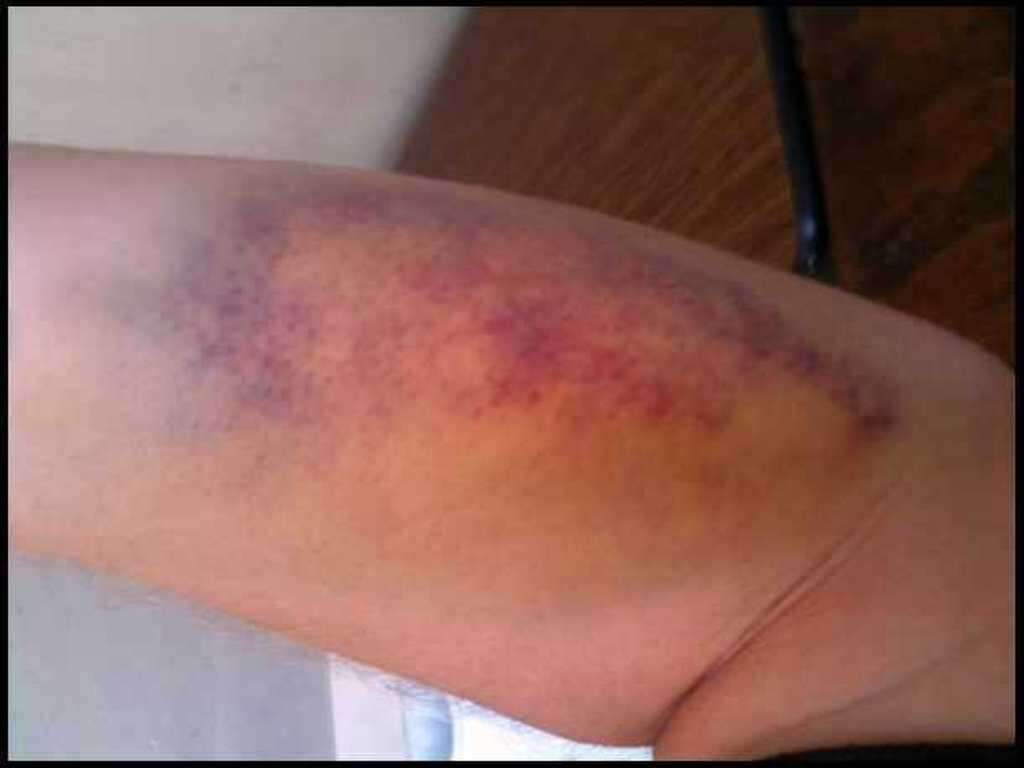
Symptom #3: Abdominal Pain
Some abdominal pains may be a symptom of a blood clot within an abdominal vein. Such abdominal pains are usually sudden and severe. They may also be accompanied by diarrhea or vomiting.
While abdominal pain is usually associated with conditions like indigestion or other digestive issues, it can also be the result of blood clots.
Abdominal blood clots also called splanchnic venous thrombosis may be caused by problems like undiagnosed cancers within the abdominal organs. In case of cancer, the blood clot can develop when a tumor compresses a vein so that it becomes difficult for blood to flow through. Clots may also be caused by injury or inflammation in a vein.
Symptom #4: Shortness of Breath
Sudden shortness of breath or having difficulty to breathe could be a symptom of a blood clot in the lungs. A blood clot in the lungs, also called pulmonary embolism usually results from a clot from the legs that gets to the lungs and causes a blockage in a vein. This increases pressure in the blocked vein because blood cannot flow easily.
Besides shortness of breath, other symptoms of pulmonary blood clots include pain when breathing, a persistent cough, blood in coughed up mucus and a fast heart rate. The patient may also sweat, experience anxiety, lightheadedness or even collapse. A clot in the lung is usually a serious condition that requires urgent medical attention.
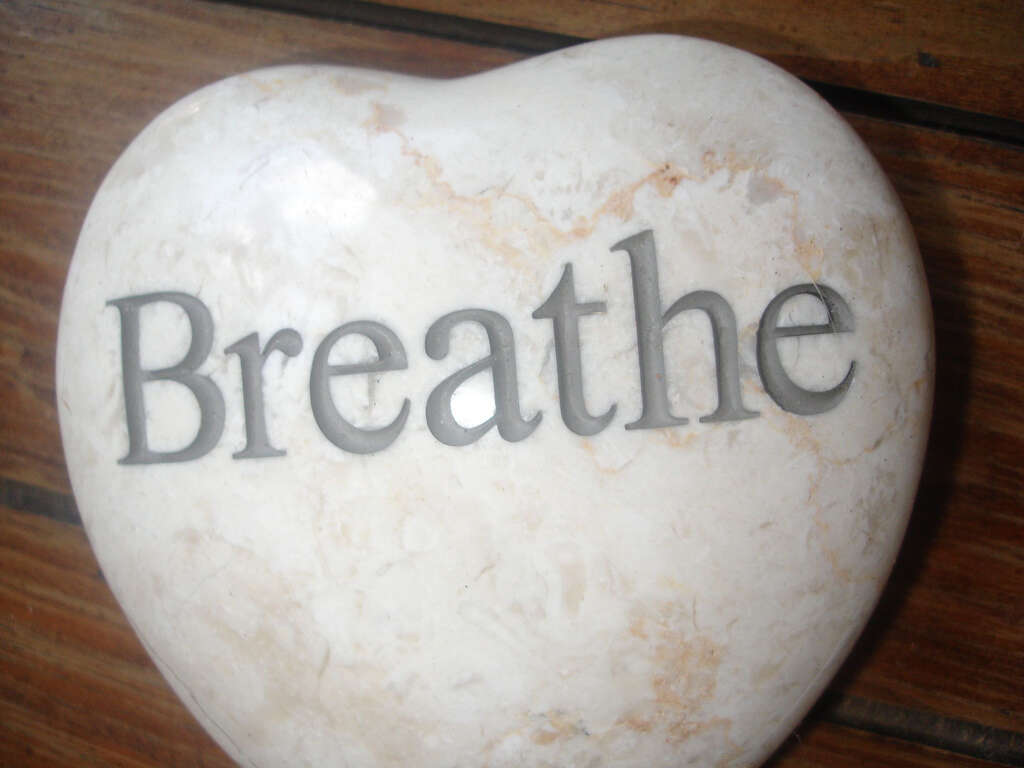
Symptom #5: Swelling of the Lower Leg
Swelling in the lower leg is a common symptom of blood clots within the lower legs. It occurs when a clot causes a blockage within a vein in the lower leg which interferes with the free flow of blood. The swelling occurs in the region where the clot is located and may increase in size while if the clot remains untreated.
Either deep vein thrombosis or peripheral venous disorder may be the cause of the swelling in the lower leg. Because such a clot may be transported through the bloodstream to the lungs, heart or even the brain, you should seek treatment without delay.
Symptom #6: Seizures
Seizures in a person without a history of seizures could be a symptom of a blood clot in the head or brain. Blood clots in the head, especially within the brain interfere with a part of the brain so that it doesn’t function optimally. This can lead to seizures besides other symptoms.
A blood clot in the brain may also present with symptoms like pain in the head, weakness either on a part of the head or other another part of the body, visual disturbance or speech impairment. These symptoms of a blood clot in the brain are dependent on the part of the body served by the affected area of the brain. A patient with any of these symptoms should be taken to hospital immediately.
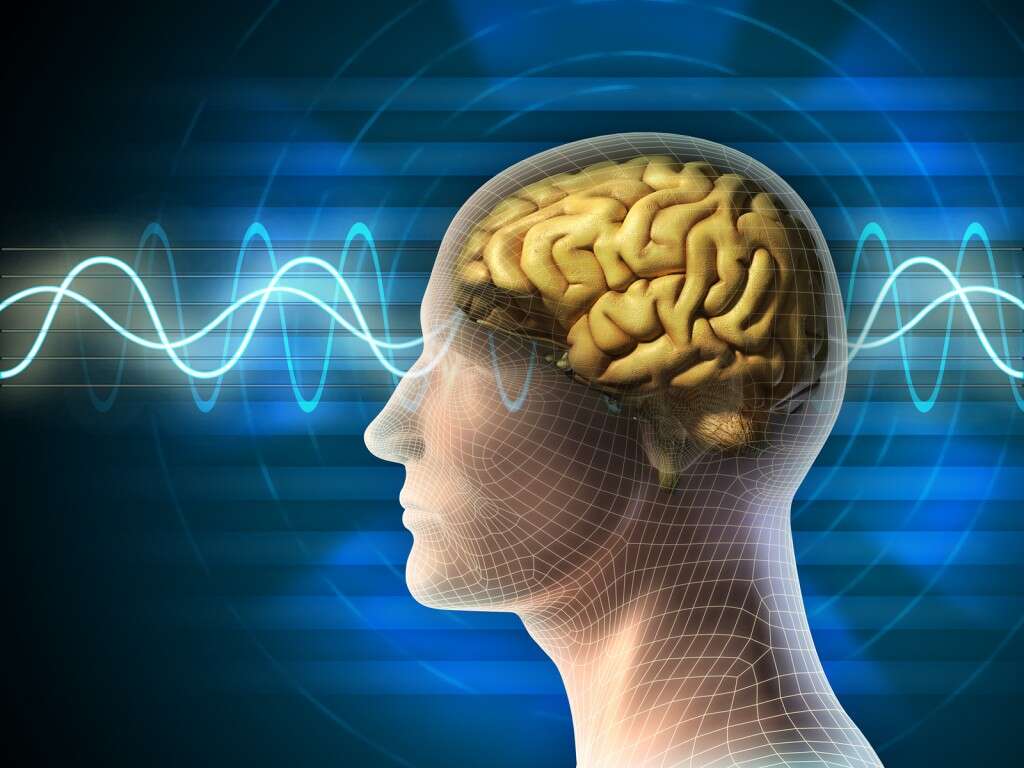
Symptom #7: Chest Pain
Chest pain is another blood clot symptom that occurs when the clot forms within or reaches the chest area. This type of symptom of a blood clot may also be accompanied by heaviness. If the clot affects the heart and therefore interferes with blood supply to heart muscles, other symptoms like lightheadedness may also be experienced. In case the blood clot is within the lungs, it may also cause breathing difficulties.
It is worth to note that many blood clots that affect the heart and the lungs originate in the lower legs from where they travel through the veins. Such symptoms should be taken seriously including calling a doctor or an ambulance.
Symptom #8: Skin Discoloration
While a blood clot may cause the deepening of the color of the affected part of the body, it can also cause discoloration. This means that when discoloration occurs on a part of your skin, it may be a blood clot symptom within the nearby region. The discoloration usually affects the area beyond the location of the clot. This happens because of reduction in the amount of blood reaching it. For instance, a blood clot that occurs around the wrist can cause discoloration in the hand or palm.
Besides the discoloration, the affected part may feel colder than the rest of this part of the body. If the clot remains untreated for some time, the color may begin changing to bluish.
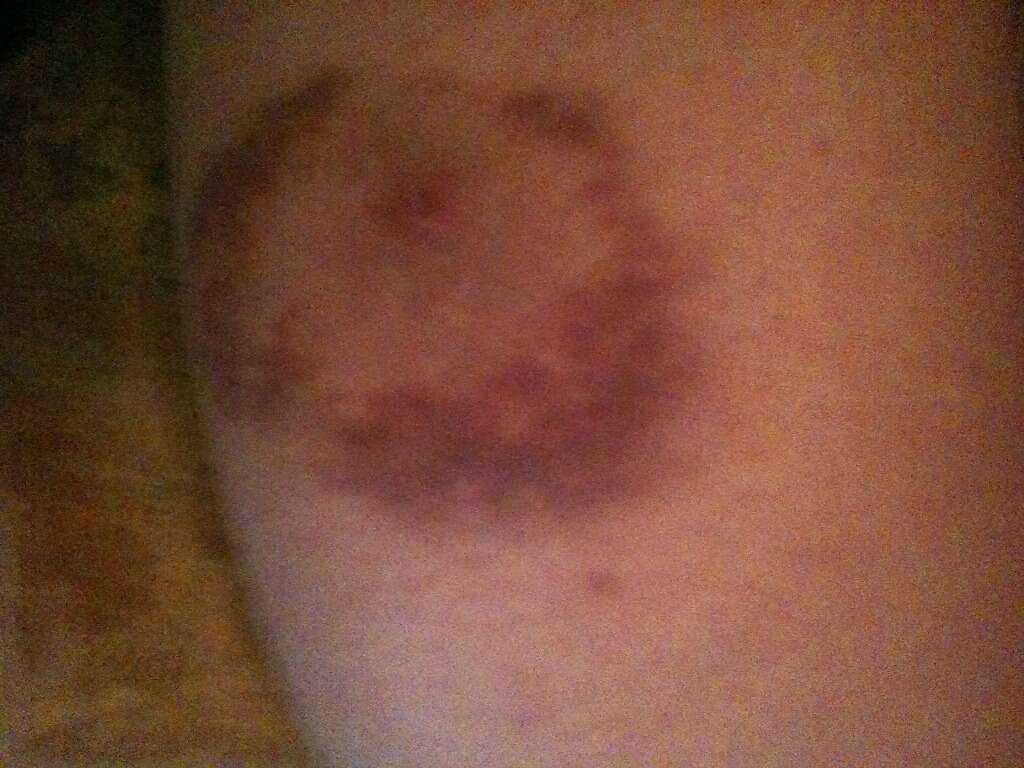
Symptom #9: Muscle Cramp
What may feel like a muscle cramp in the calf of your leg could be a symptom of a blood clot. The muscle cramp-like feeling is usually accompanied by pain in the same area. Unfortunately, this blood clot symptom is usually ignored due to the assumption that it is a cramp that will pass. This pain usually intensifies when you bend your foot upwards and when you walk.
Blood clots in the legs may pose more serious issues including a heart attack and stroke. For this reason, it is important to seek medical attention in case of pain in the calf that feels like a muscle cramp.
Symptom #10: Faster Heartbeat
A faster heart beat can be caused by a blood clot in the lung. Also called pulmonary embolism, a clot in the lung causes the flow of blood to slow down. This means that the body, including the heart and the brain end up receiving lower volumes of blood. When this signal is picked up by the brain, it signals for the heart to beat faster to compensate for the reduced blood flow.
Therefore, if your heart suddenly starts beating faster for no apparent reason, seek medical advice. A faster heartbeat due to a blood clot in the lungs may also be accompanied by shallow breathing, a faint feeling or even fainting.





